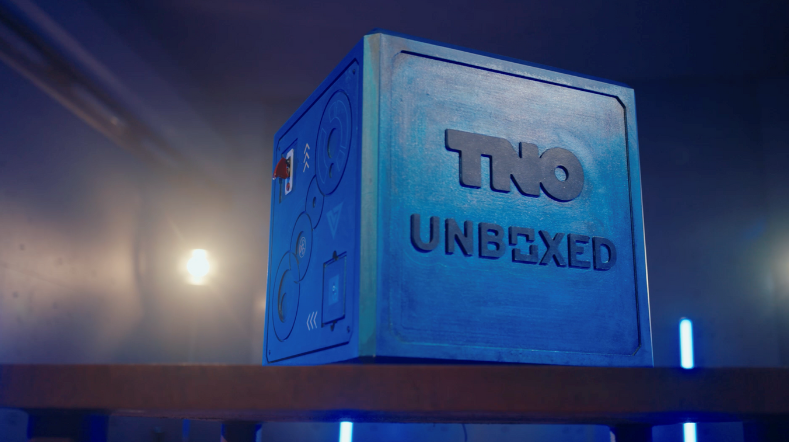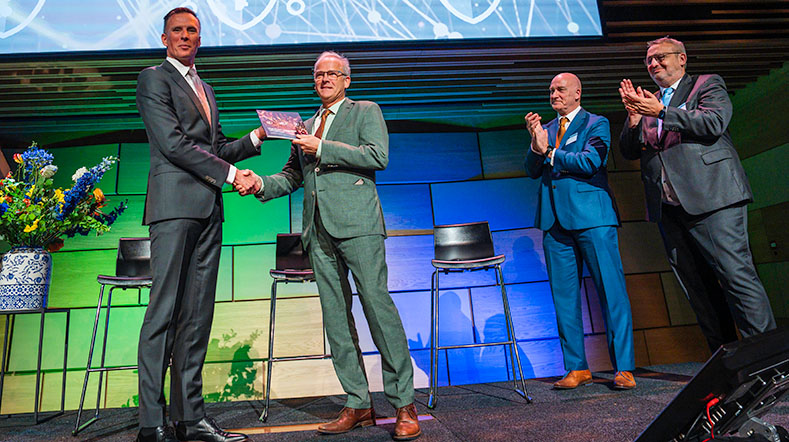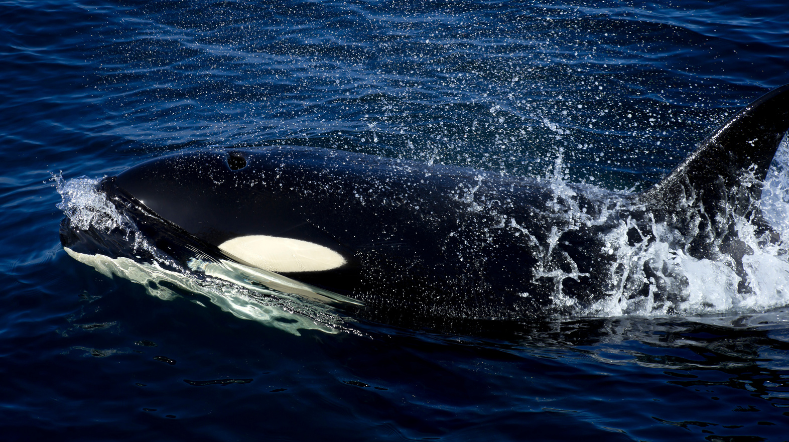PERSEUS wind turbine radar interference assessment tool
Status project
1996 - present
In cooperation with
Dutch government
As an independent institution established by law, TNO has excellent relationships with a number of key radar manufacturers, as well as all major wind turbine manufacturers. TNO is the largest research institution within The Netherlands, with over 60 years of experience in radar research. TNO conducted its first research on the radar performance degradation due to wind turbines in 1995. Ever since, numerous radar studies have been performed for the Netherlands Government. Actually, from 2012 TNO is the only organisation within The Netherlands that is authorised to perform impact assessments for (military) primary surveillance radars (PSRs) stationed within the Netherlands.
The in-house developed PERSEUS simulation tool is used for this purpose. The model contains radar models of systems such as the Raytheon ASR-10SS and ASR-23SS, the Thales STAR 2000, SMART-S MK2 and SMART-L EWC GB, the Medium Power Radar (MPR) military long range 3D radar, the Hensoldt ASR-S and ASR-NG, the Terma Scanter 4002 Infill radar and the Intersoft-Electronics ASR-M . The high fidelity radar models used are based on the widely known CARPET radar performance analysis tool of TNO, which sold over 600 licenses worldwide since it was marketed. Numerous wind turbine models are derived from real-world 3D drawings obtained from the actual major wind turbine manufacturers.
PERSEUS considers the static (tower & nacelle) as well as the moving part (blades) of wind turbines and quantifies the desensitization overhead caused by CFAR processing and pulse compression within the radar receiver, as well as shadow effects. PERSEUS is also capable of taking into account the effect of radar network datafusion, e.g., as carried out by the EUROCONTROL ARTAS system. Apart from the PSR assessment, TNO has complementary tooling for the assessment of the effects on secondary surveillance radar (SSR) such as line-of-sight and Off Boresight Error (OBE) calculations. The PERSEUS toolkit is closely compliant to existing guidelines such as ICAO EUR DOC 015 (2009), CAA CAP 764 (2010) and EUROCONTROL WTTF Simple and Detailed Engineering Assessment Guidelines 0130 (Edition 1.2, 2014).
Achievements
TNO has recently used PERSEUS to study the impact of different 9000+ MW wind farm scenarios on the Dutch radar network comprising of seven radar systems. Different scenarios, all with more than 4000 wind turbines spread on land and off-shore have been evaluated. This study pinpointed potential areas of radar performance degradations and provided answers how to solve these issues, thus helping to achieve the renewable energy goals of the Netherlands government, without sacrificing radar coverage and safety.
Offered services
TNO offers its expertise on the interference of wind turbines on both primary and secondary radar to customers abroad. TNO has performed radar interference studies for international customers in and outside of Europe, for military and civilian radar systems. Using our PERSEUS radar impact tooling, TNO is able to break the stalemate and bring together conflicting government and industrial interests.
Do not hesitate to contact us, if you are interested and would like to have more information.
Get inspired
Unveiling the future of vapour detection technology


EMBRAPII and TNO signed a Memorandum of Understanding (MoU)


AIVD, CWI, and TNO publish renewed handbook for quantum-safe cryptography


How do we limit damage to marine mammals from our underwater noise?


TNO develops detection system to protect cables and pipelines on seabed


